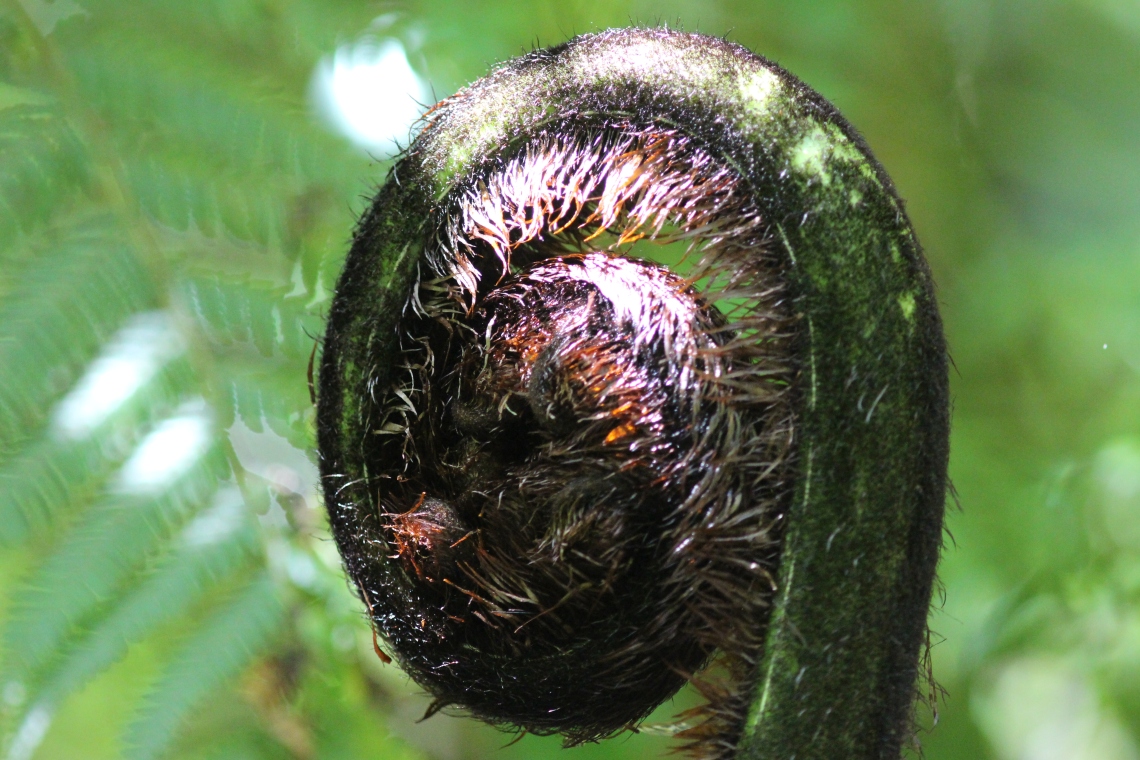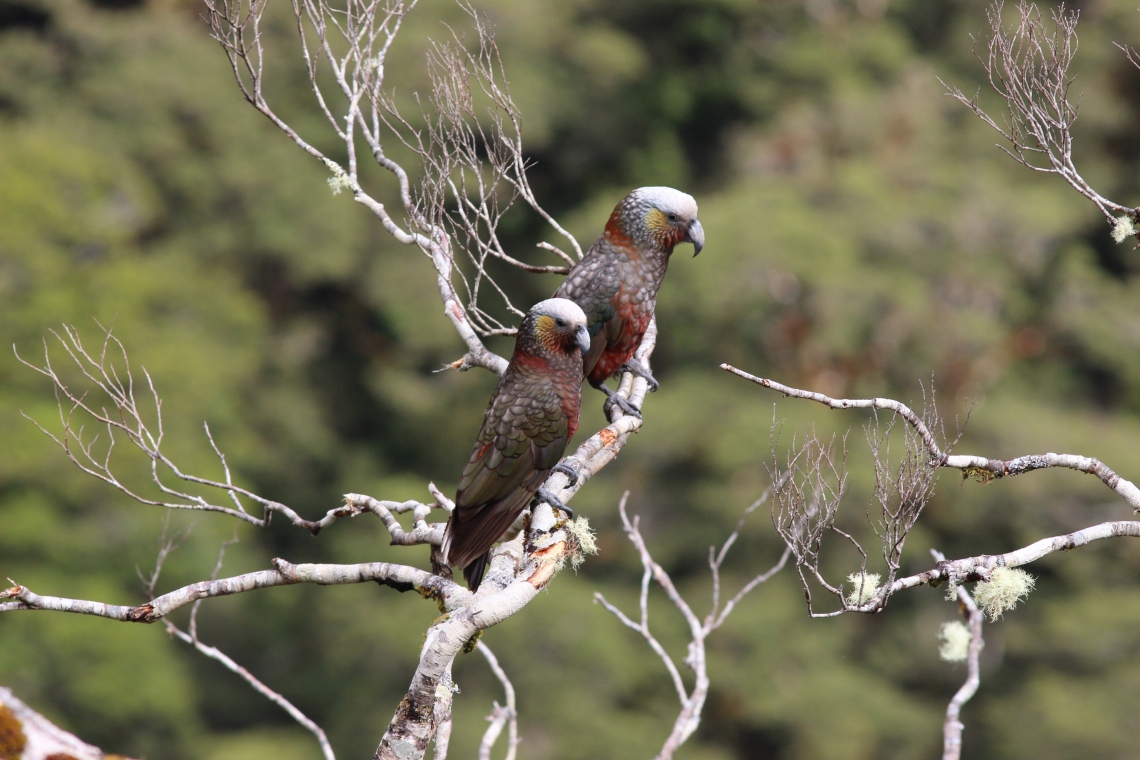
Kia Ora: a Māori language greeting which has entered modern New Zealand English, meaning literally – “have life be well & healthy” but is commonly translated as an informal hi or hello.
After an extended absence from this blog due to an long trip down under and lack of cycling activity, I’m pleased to be back again. I explained in Time For Change that as a result of ongoing cycling difficulties I would be expanding the scope of this blog to include as well as cycling other activities that help to keep me sane, notably: astronomy & astrophotography, photography, geology (my profession and continuing passion), travel and anything else that might seem to fit. This is therefore my first non-cycling blog which is about a recent trip to New Zealand, not so much a travelogue more some thoughts about the place and people.
Despite a life of travelling for work and pleasure to South Africa, Russia, Brazil, Australia, Mexico, Iceland, North America, Papua New Guinea and many more destinations, it’s surprising that I’ve not been to New Zealand before. In fact I nearly got there in the early 1990’s but whilst waiting over the weekend in Sydney before flying to California via a stopover in New Zealand, the scheduled plane was hijacked en route and I had to fly direct to the USA instead.
On this occasion I was visiting my daughter who currently works there. It was a fantastic trip and included most of the full Kiwi experience, which on South Island consisted of: Tapeko, Mt Cook, Milford Sound, Wanaka, Queenstown, Greymouth & Picton and on North Island: Hamilton, Wellington, Coromandel Peninsula, Raglan, Rotorua, Waitomo, the Whanganui River, Mt Taranaki, Mt Ruapehu and a lot more – the Travel Gallery provides a photographic summary.

New Zealand is typically described as being very like the UK in the 1950s and ‘60s but from the experience of this trip I’d have to disagree. Due to its geological separation from the rest of the world for the past 65 million years, the natural flora and fauna is unique and very different from anything elsewhere but sadly has now been largely destroyed by mankind since the arrival of Captain Cook in 1769. Perhaps not surprisingly the same physical detachment also seems to have impacted on the resident human population too.

Much of the primary flora in New Zealand has been removed to make way for modern agricultural, as the country’s economy significantly depends on dairy products and sheep farming. The resulting landscape has been transformed by these activities, so that the original forests and associated flora now only exist in either remote and / or protected areas. Notwithstanding, it is still possible to see and experience these wonders at places like Pirongia, Whanganui and Fiordland, where the very unusual flora that makes New Zealand so special still exists, albeit to a much lesser degree.
Furthermore, in specially protected areas such as the unique Maungatauri Ecological Reserve and Milford Sound, rare birds like the Kiwi, Kaka and Kea still live and might be seen – if you’re lucky like us. There are no indigenous mammals in New Zealand and as a result of the introduction of foreign species such as possums and stoats, much of the original local wildlife and flora that has not been used for farming is now tragically being destroyed by these more recent interlopers.

So what of the people and culture of New Zealand? I’ve worked with a number of Kiwis during my career and always found them to be pleasant, capable and hard-working people. Like many New World countries, much of New Zealand has been re-populated by British immigrants at the expense of the indigenous Maori people over the past two centuries. In particular, a large contingent came and settled from Scotland and I would say there’s something of a similar taciturn quality about the New Zealanders today. Furthermore, even in contrast to their Australian cousins (who I’ve also worked with extensively), Kiwis are very, very laid back!
On reflection it’s clear that New Zealand is still developing as a people and a nation. I’m inclined to agree with the idea that they – Europeans and Maoris – only really started to see themselves as New Zealanders when for the first time they were thrust together in the unfortunate circumstances of WWI. This still often fractious mix is now further complicated by the arrival of a new wave of immigrants from Asia. It all makes for an eclectic and interesting, if not always a happy country.

Despite my prior experience of Kiwis, I was surprised by the culture encountered whilst travelling throughout the country itself. It is a relatively small country, located a long way from everyone else – the flight from London takes at least 26 hours – with a very small population (approx. 4.7 million) and something of a 20th century economy. On the one hand that is of course the appeal of New Zealand and I liked it a lot but practically speaking it is a country that seems to struggle with 21st century. Furthermore, a large number of more progressive, younger Kiwis seem to see it this way too and are leaving the country in large numbers to live and work overseas, particularly Europe and the UK, which is obviously not good for the future of New Zealand.

Two but important asides are New Zealand’s geology and the burgeoning café culture, which is literally everywhere throughout the country. The aforesaid departure from Australia 65 million years ago and specific location along major tectonic plate boundaries makes for some spectacular geology in New Zealand. The geologists are still trying to unravel the details but sitting along the Pacific – Tasman Sea plate boundary has resulted in some magnificent scenery and mountains that rise up to over 4,000 metres. However, for me it is the volcanic activity on North Island that impresses most, being dramatic, beautiful and whats more, still active!

We’re not talking greasy spoon with the cafés but outstanding, often quite original establishments serving quick but excellent snacks and lunchtime food, usually accompanied by very good coffee. We stopped off at such cafés all over the country nearly every day and with very few exceptions they were all very good. Our staple fare became the ‘Benny’ as they like to call it or Eggs Benedict, which set new standards for this usually enjoyable but rarely outstanding dish such as we found here, it’s a must have!
When travelling I like to read and learn about the new places I visit to gain insight into the people, their culture, what’s happening and what makes them tick. This time I enjoyed reading two very different but equally fascinating books on New Zealand, which I would highly recommend to anyone:
- Long Cloud Ride by Josie Dew, which describes Josie Dew’s epic 6,000 mile cycle journey around New Zealand, and…
- (ii) Squashed Possums by Jonathan Tindale. ‘Written’ by a caravan (that’s right!) assisted by its occupant Jon. Squashed Possums describes life off the beaten track in New Zealand, specifically Jon’s life in a semi-derelict caravan in the wilderness.
As a cyclist, albeit struggling at the moment with my knees, I found Josie’s book both interesting as well as useful on a number of levels. I’d always thought of New Zealand as an obvious cycling destination but from hers and other experiences it seems to be anything but; although not cycling myself whilst there I was mindful of these problems whilst touring around during this visit. Notwithstanding, by contrast the off-road cycling is outstanding throughout the country, with many superb tracks crisscrossing much of the remote and often spectacular landscape.
 On-the-road there are two fundamental issues: (i) Kiwi driving is very bad, to the point of lethal for cyclists, and (ii) the interesting parts of New Zealand are separated by very long, often tedious stretches of road. It’s not that it’s a really bad place for cycle touring but that there are many more interesting places worth visiting first. We had good weather during most of our trip but over 9-months it never seemed to stop raining during Josie’s tour and strong winds from the adjacent oceans doesn’t help cycling either.
On-the-road there are two fundamental issues: (i) Kiwi driving is very bad, to the point of lethal for cyclists, and (ii) the interesting parts of New Zealand are separated by very long, often tedious stretches of road. It’s not that it’s a really bad place for cycle touring but that there are many more interesting places worth visiting first. We had good weather during most of our trip but over 9-months it never seemed to stop raining during Josie’s tour and strong winds from the adjacent oceans doesn’t help cycling either.
Partly by co-incidence I read Long Cloud Ride at the same time travelling through the same parts of the country and found it provided a more insightful, useful and entertaining description of the people and country than would normally be found in a conventional guidebook. Finally it’s got to be said that when it comes to cycle touring Josie is to be admired, hers was one hard tour – chapeau!
The book Squashed Possums is quite another matter, dealing with the personal trials and impact of living alone in remote Zealand as well as providing a some keenly observed views of New Zealanders, both of which appealed to me greatly. Like the Caravan and Jon, the country grew on me and I look back on the trip, place and people fondly but surprisingly it did not turn out to be the place I had expected to find. I grew up in the 1950s and 60s in the UK and today’s New Zealand is a very different place, still finding their place in the world and changing fast.




1 Comment